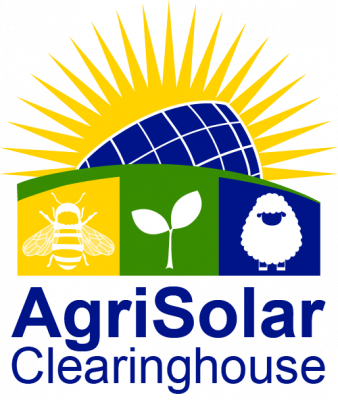Solar grazing is on the rise in the United States with dozens of new operations springing up across the country. However, with all of this growth in mind, an important question remains: if a grazier wants to enter the solar grazing market, how much will it cost, and how much revenue can they generate? Budget templates exist that can provide a grazier with guidelines, but hard data on grazier costs and revenues is more difficult to come by.
Researchers at the University of Illinois Urbana-Champaign’s Bock Agricultural Law & Policy Program set out to answer this question as a project through the National Renewable Energy Laboratory’s ASTRO InSPIRE Seed Grant Program. Undergraduate students Tyler Swanson and Quin Karhoff, supported by Post-Doctoral Researcher Jessica Guarino and Professor A. Bryan Endres, conducted a survey of American solar grazing practitioners to gather data on common capital and labor investments, as well as operation sizes and revenue streams. The researchers hope that the findings of the survey will help graziers interested in entering the solar grazing market better understand what costs and revenues they can expect and contribute to more accurate budget tools for potential solar graziers. The results of the survey are included in their fact sheet The Economics of Solar Grazing.
